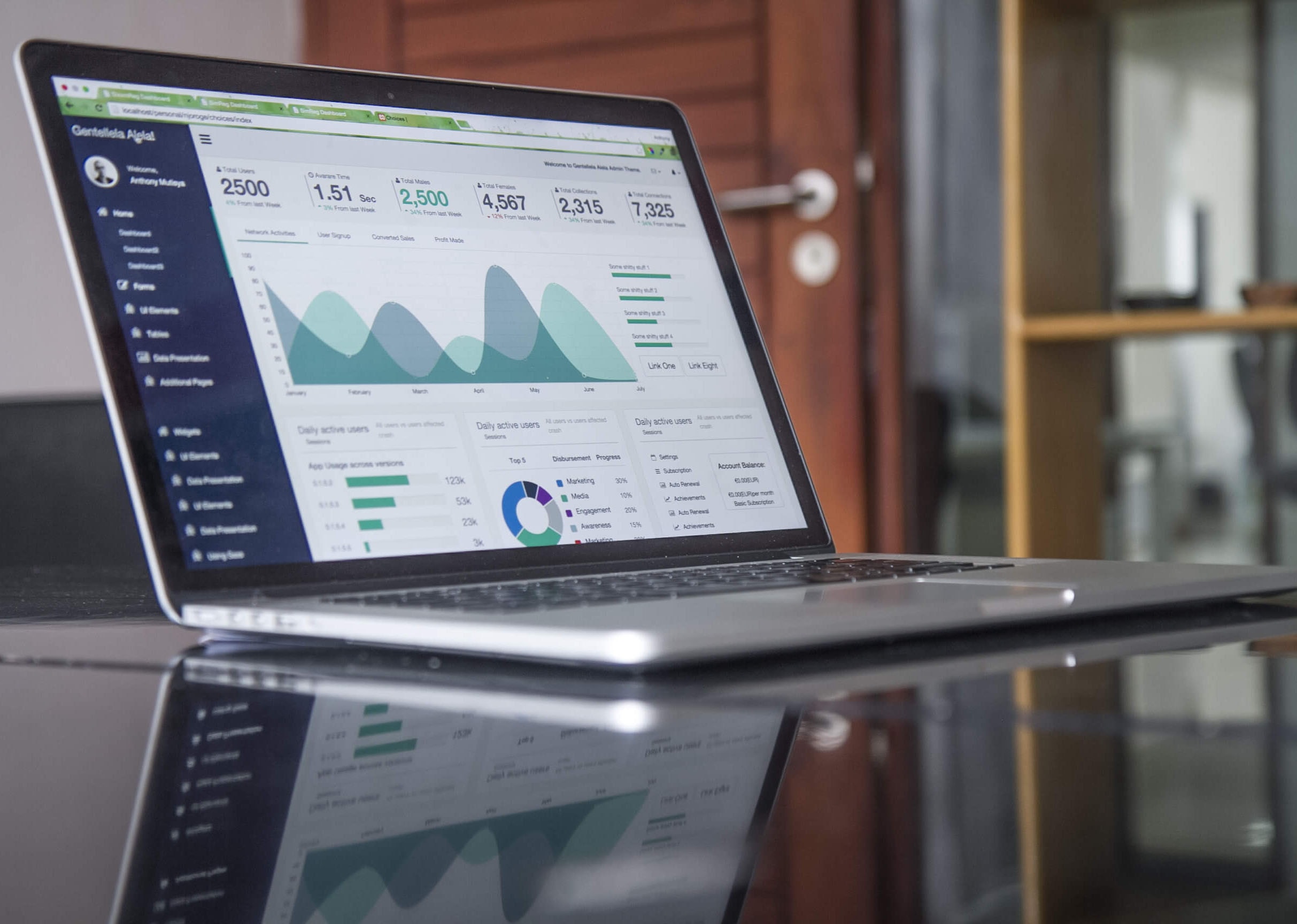Your POS (point of sale) data is your gateway to understanding the health of your retail program. This vast data set includes details from all retail locations, and while there are nearly endless ways to parse it, not all of them are useful.
If you want to gather actionable insights from your POS data, you first need to know where (and how) to look. Here is a simple game plan for turning spreadsheets into strategy.
1. Start with your endgame in mind
To get the most from your POS data, you’ll want to work backward.
Begin by considering your business goals as well as your merchant’s goals for your program. What does success or failure look like?
In order to know if you’re winning, you first have to define what you consider a win. You may be trying to grow within a specific region, conquer more shelf space, or pursue another objective. Once you identify one or two primary focus areas, it becomes much easier to build out easily trackable KPIs and put your POS data to work.
2. Decide which metrics matter.
Because there are so many different ways to slice your POS data, it’s important to take a consistent, deliberate approach.
Come back to your goals – are you interested in market-level performance or store-level performance? If your focus is on product development, you want to hone in on individual SKUs.
If you’ve done some A/B testing for different messaging or training strategies, use your POS data to take your program’s pulse. Positive sales trends in particular locations or regions can be a good indicator that the changes you’ve implemented are having an impact.

3. Focus your consumer research.
Correlation isn’t causation, but trends in your POS data can help you test hypotheses and direct your consumer research efforts.
The best way to make sense of your data set is to look for the unexpected. A company that sells snow shovels shouldn’t be alarmed by lagging sales numbers in the Southeast – but a company that sells outdoor grills probably should be. Pay attention to any big changes that happen from one reporting period to the next. These outliers won’t tell the whole story, but they will tell you where to start digging for answers.
4. Be a proactive troubleshooter.
Not only can your POS data indicate whether you’re on the right track with product development or messaging strategies, it can also be an early warning sign of logistical trouble.
Dramatic peaks and valleys in your sales are a classic sign of inventory problems. Don’t wait for your merchant to bring them to your attention before you start assembling a plan to course correct – take the lead in recognizing and addressing any issues.
.jpg?width=4302&height=3125&name=GettyImages-1081064552%20(1).jpg)
Staying ahead of obstacles requires consistent, proactive monitoring of your POS data. Fortunately, your efforts not only help direct your marketing and merchandising strategies, they’ll also elevate you to a position of trust in your merchant’s eyes.
